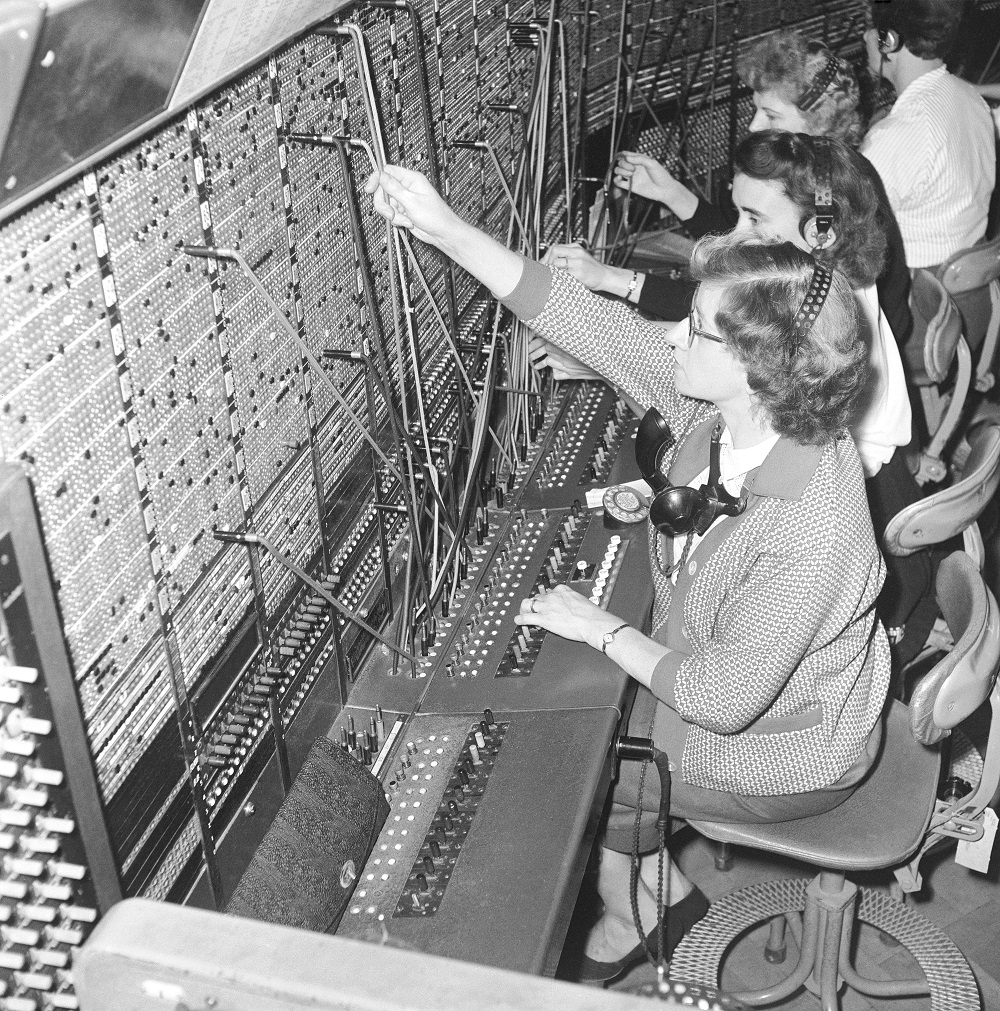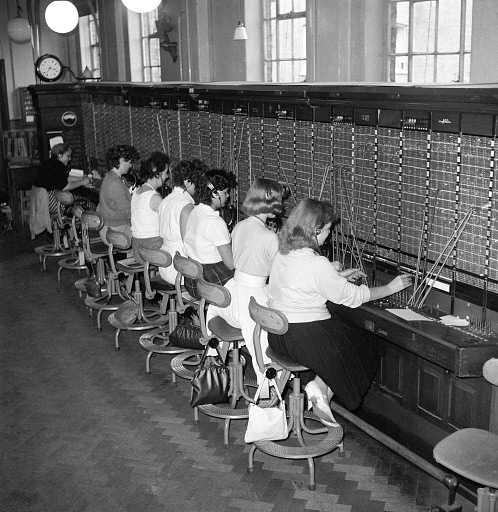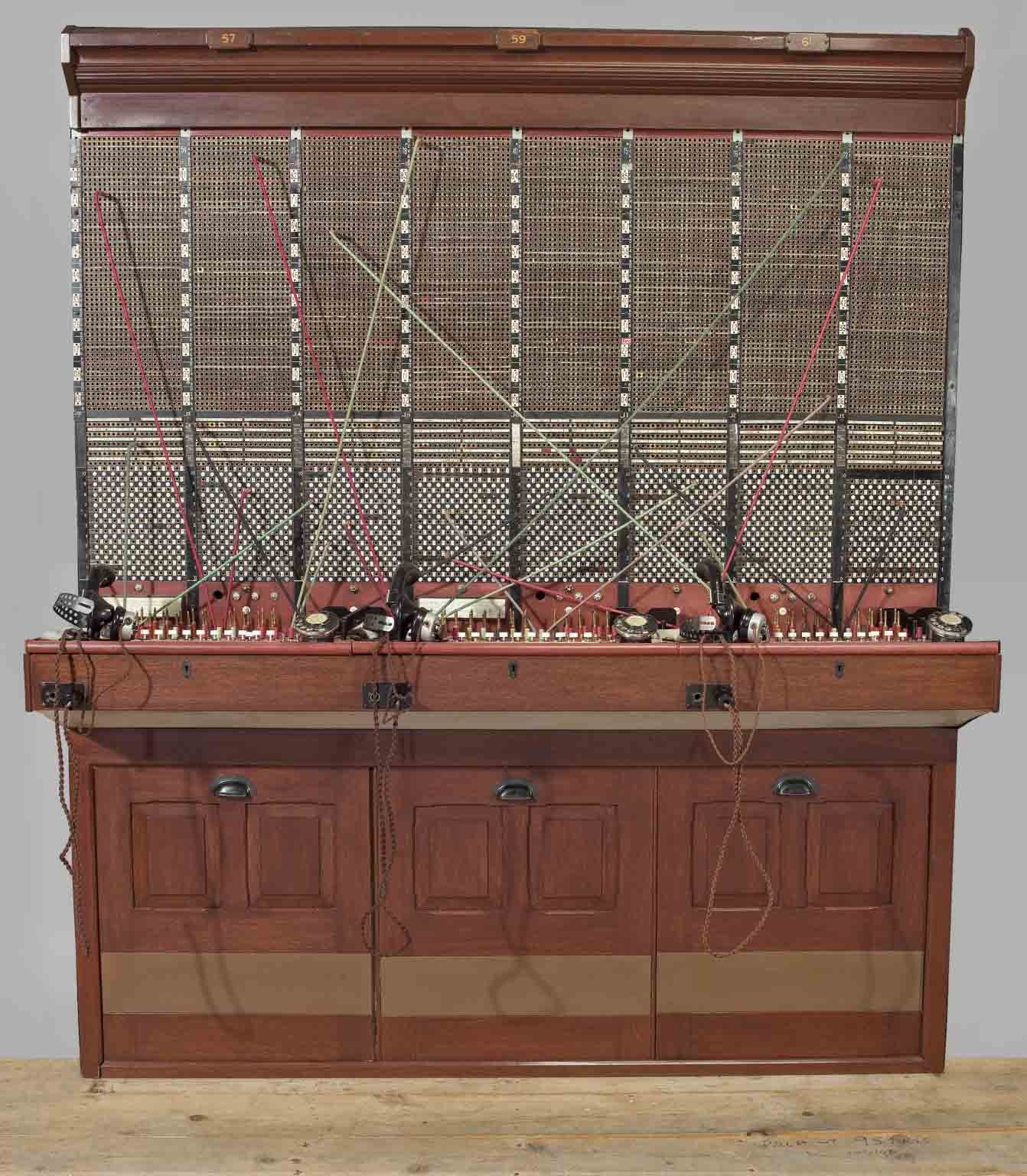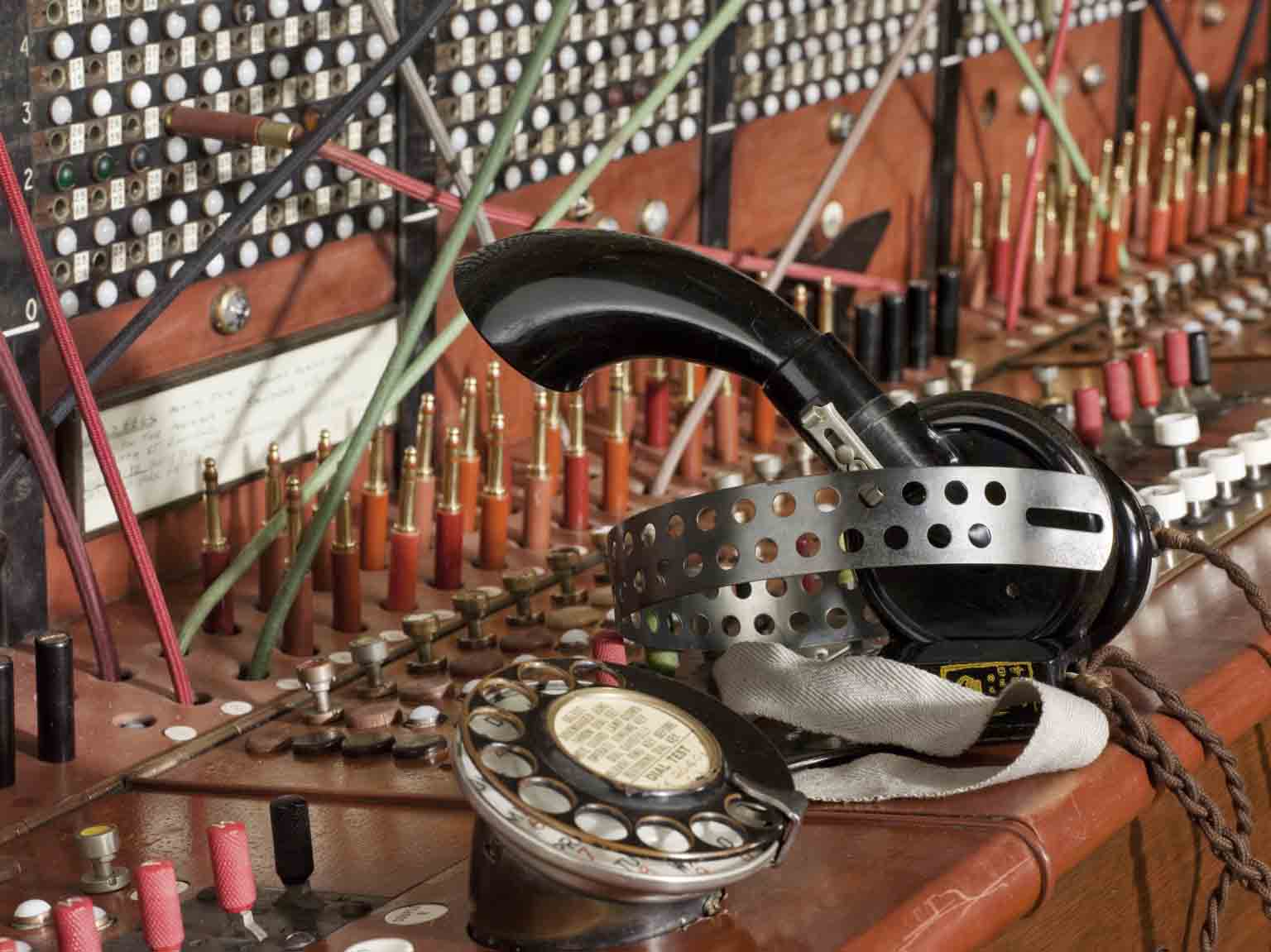Today when we pick up the telephone, the digital automated system makes connecting a call quick and simple. But before this automatic system was introduced, telephone exchange operators had to help us on our way.

In the first half of the 20th century, women worked across the country, connecting calls and helping people get in touch with one another. The work required concentration, patience and an excellent manner, but the community created within these exchanges was fun and social once shifts had ended.

One of the last manual telephone exchanges was based at Enfield, north London. The Enfield Exchange’s switch from manual to automatic exchange, marked the end of an era in communication history. A section of the Enfield Exchange, donated to the Science Museum by BT, forms a part of the Museum’s collection, and will go on display in the new Information Age gallery.
To bring this amazing piece of history to life, we spoke to women who worked as telephone exchange operators in the 1950s and early 1960s, recording their stories through oral history interviews.
These former ‘hello girls’ gave their insight into how the exchange worked and what the job of an operator involved, but also shared wonderful stories about the friends they made and the social life they experienced once they’d clocked off.

One of these former operators, Jean Singleton, shared her thoughts on what made a good telephone operator, even if she didnít feel she was one!
‘How do I know? [Laughs] I wasn’t a good telephone operator, I was a naughty telephone operator! Well, first of all, you had to have a nice speaking voice, you couldn’t go there if you were a Cockney, speaking in a Cockney way, or a Northern way, you had to speak the Queen’s English, or King’s English as it was then. I suppose I had a decent enough voice. You had to be polite, and the customer sort of was always right, more or less, you know, you didn’t swear back at somebody if they swore at you, you weren’t allowed to do that sort of thing. If you found you were in trouble with a person on the telephone, you just passed them over to your supervisor, and they would deal with it.’

Another former operator, Rose Young, talked about some of the kit that was used whilst working on the exchange.
‘The first headsets were very heavy, you’d have a mouthpiece that came up in front of you on a plastic piece that had a tape on that you hung round your neck. And then the headpiece was like a metal band with a very heavy earpiece, you had one ear free so that you could hear what was going on around you and one that you covered, that covered your ear, but they were very heavy.’
Visitors to Information Age will have the opportunity to hear more from these incredible women through an interactive audio experience which will sit alongside the original section of the Enfield Exchange. We’ll just have to make sure we edit the cheeky bits!
5 October marks the 54th anniversary of the Enfield Exchange switching from manual to automatic exchange. To celebrate, Jen Kavanagh, Audience Engagement Manager, spoke to telephone operators from the 1950s and 1960s who shared their stories for the Information Age gallery.